Recitation 2: Arduino Basics
Instructor: Marcela
Partner: Justin Wu
Circuit 1: Fade
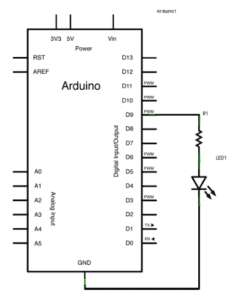
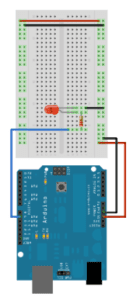
Initially, while we were assembling this circuit, we were pretty confident. However, our first attempt ended up being a failure. We had forgotten to connect an additional ground cable to the ground leg connected to the LED light. Therefore, while we had most of the circuit complete, the missing grounding cable led to an incomplete circuit. I think this shows that you can never be too careful and diligent when building these circuits.
Circuit 2: toneMelody
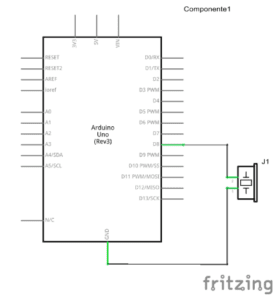
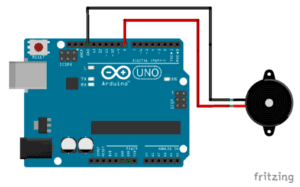
The assembly of this circuit was fairly simple. We focused mostly on creating a clean and organized breadboard. We color coordinated the cables, red for power, black for ground, white and yellow for connecting to the buzzer.
Circuit 3: Speed Game
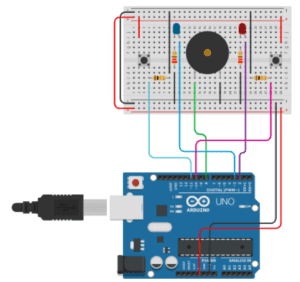
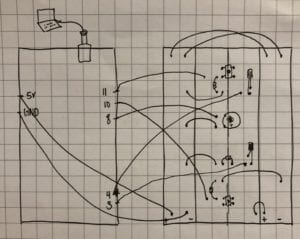
When assembling this circuit, my partner and I were a bit overwhelmed with the complexity of the diagram. We started from the top of the diagram and moved downward. Thinking we had gotten everything correctly plugged in, we realized that we had forgotten to connect power and ground from our breadboard to the Arduino Uno. In an effort to keep our breadboard organized, we also went to cut more black jumper cables for ground. After talking to the fellows, we realized we made an amateur mistake of not being diligent enough. To see who won, we referred to the Serial Monitor on Arduino.
We didn’t have enough time to create Circuit 4: Four-player Speed Game, however, if we were to assemble it, I would imagine we just add additional buttons and connect those to the Arduino Uno and add the players on the code.
Question 1:
Technology has grown to be an increasingly relevant concept in almost everyone’s daily lives. From the moment we wake up to the moment we fall asleep, we are in at least one way digitally connected to some sort of physical computation, electrical circuits, etc. We turn on lights, brush our teeth, check our phones, use computers, swipe in and out of the AB… I can go on and on, but I think you get the point. Even when we don’t think we are plugged in, we almost always are. Building these circuits have really helped me better understand the basic physical computations of some every day things I come in contact with. The three stages of interaction are composed of “listening, thinking, and speaking — or, in computer terms: input, processing, and output”. These stages connect physical things with physical things, physical things with technological things, and technological things with technological things. Interactivity is not only just human and technological connections, but it also grounds itself as a foundational aspect of a relationship. When two actors connect, whether it be digitally or physically, they are exchanging information, ideas, and feedback. And only after this relationship is established, then you can begin to expand and grow through interaction.
Question 2:
If I had 100,000 LEDs of any brightness and color at my disposal, I would create an light experience. Imagine a completely blacked out room, you walk in and sit down in a chair. Immediately, the room senses your presence and guides you through a story like journey resembling something like those sand art stories. The lights would light up in different colors and brightness levels to tell a story through images and designs.This kind of experience could be in an art exhibit or some random popup store.